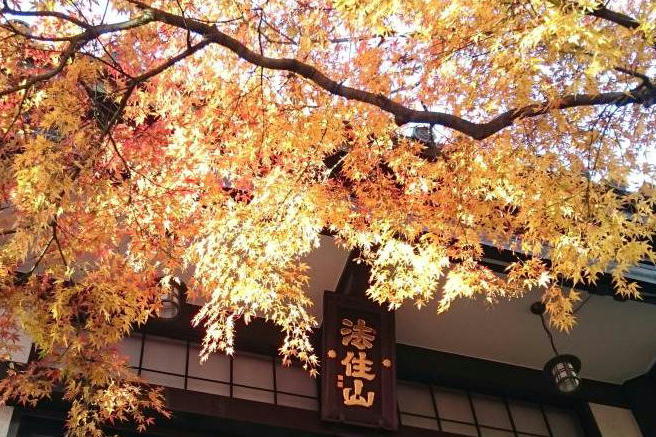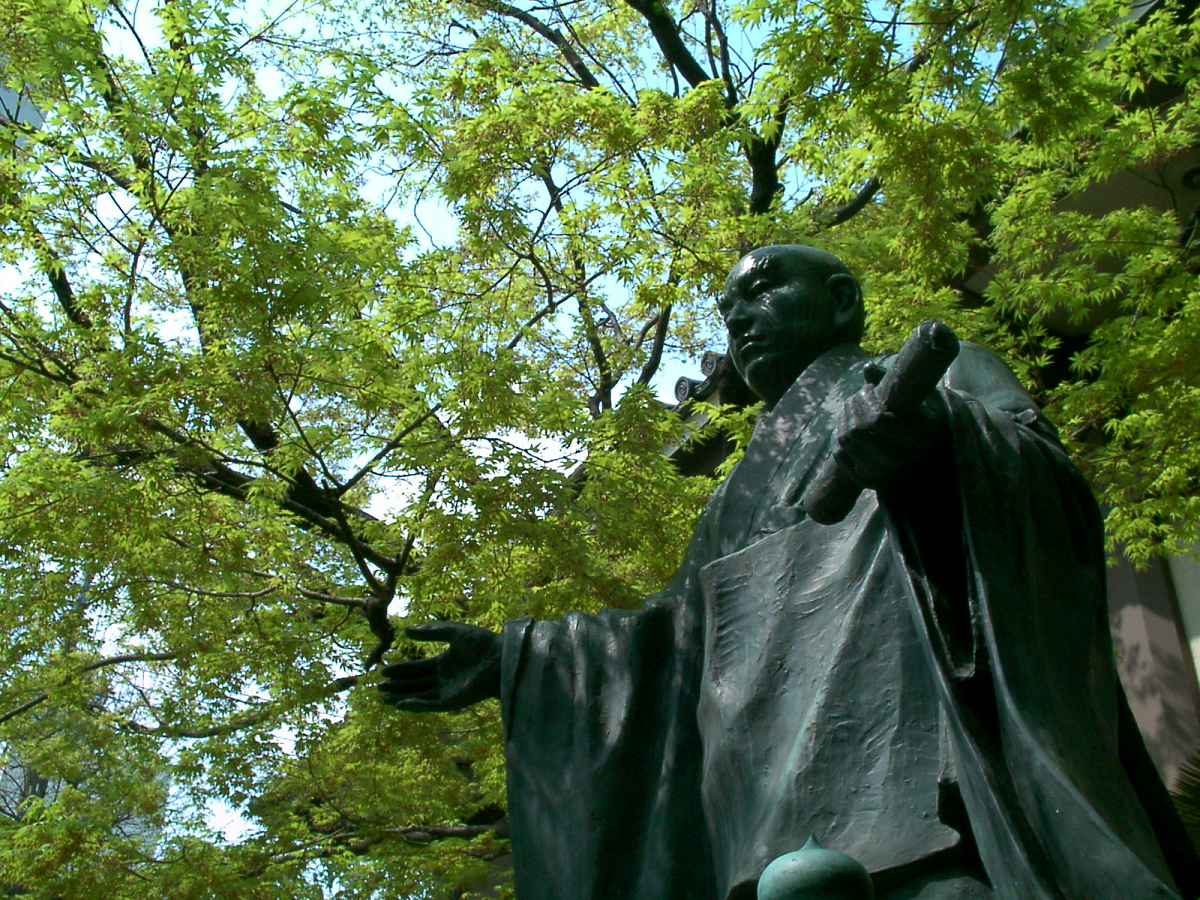今年(令和4年)は、大正12年(1923)の関東大震災発災から100回目の9月1日を迎えます。
関東大震災は、近代日本の首都圏に未曾有の被害をもたらした都市型震災となりました。昼食時に発生したことで都心の木密地域では火災が発生、折しも日本海側の台風に吹き込む強風に煽られて広範囲に被害が拡大し、推定10万人以上の死者・行方不明者を出しました。明治以降では最大規模の震災となり、我が国の災害史において特筆すべき事件として記憶されています。
当山の過去帳にも、9月1日の震災で22名もの檀信徒が命を落とした記録があります。毎年、大震災の正当日(9月1日)ならびに秋季彼岸会法要(秋分の日)では、震災物故者の慰霊供養を執り行っておりますが、今年は、新型コロナウイルス感染症対策のため住職のみにて厳修いたします。
なお、関東大震災と同じ近代の都市型災害となった震災として、阪神淡路大震災(1995年)があります。土岐憲三他監修『12歳からの被災者学-阪神・淡路大震災から学ぶ78の知恵-』(NHK出版、2005年)では、都市型震災の教訓を活かし、地震前の心掛け、地震発生時の心構え、地震後の心得について、若い世代にも分かりやすい内容で詳細に解説しておりますで、ご興味・ご関心がありましたらご一読下さい。
災害は、地震だけに限りませんが、やはり予測不能の災害の代表格は地震です。インフラが整備された近代日本の歴史の中で大地震だけを取り上げてみても、関東大震災以降の地震は、時を選んで起きてくれているとも言われています。関東大震災、阪神淡路大震災、東日本大震災のようなマグニチュード7以上の大きな地震が、もし深夜の時間帯に発生していたら、もっと多くの犠牲者が出たかも知れません。季節的にも極寒の真冬、炎天下・熱帯夜の真夏の時期であったら避難所が過酷な環境下に晒されて、発災後に更なる犠牲者が出ていたかも知れません。半島や離島で大地震が発生したら交通網が寸断されて救援・支援がままならないかも知れません。日頃から、災害への備えは、食糧・水・医薬品・生活必需品等の備蓄だけではなく、時間帯や季節毎に様々な状況を想定した訓練を重ねることが必要になります。
※なお、要伝寺のある台東区では、令和5年に「たいとう関東大震災100年事業」として様々なイベントを開催予定です。
※要伝寺では、関東大震災同様、当山の檀信徒の多くが犠牲となった東京大空襲(昭和20年3月10日)の戦災物故者法要も春季に営んでおります。詳細はコチラから。
*アイキャッチ画像は、『東京大震災火災地図』(大正12年)部分
 「関東大震災大火災焼失区域」(東京市下谷区・部分)『大正11年版 最新東京市全図』
「関東大震災大火災焼失区域」(東京市下谷区・部分)『大正11年版 最新東京市全図』
This year (2022) marks the 100th anniversary of the Great Kanto Earthquake of 1923.
The Great Kanto Earthquake was an urban disaster that caused unprecedented damage to the metropolitan area of modern Japan. Occurring at lunchtime, fires broke out in densely wooded areas in the heart of the city, and strong winds blowing in from a typhoon on the Sea of Japan side at the time caused widespread damage, leaving an estimated 100,000 people dead or missing. It was the largest earthquake in Japan since the Meiji era (1868-1912), and is remembered as a notable event in the country's history of disasters.
In our temple's past records, as many as 22 parishioners lost their lives in the September 1 earthquake and tsunami. We hold a memorial service for those who lost their lives in the disaster every year on September 1 and on the autumnal equinox day, but this year, due to the new coronavirus infection countermeasures, the service will be held only by the head priest.
The Great Hanshin-Awaji Earthquake (1995) was a modern urban disaster similar to the Great Kanto Earthquake. In the book, "Disaster Survivor Studies from Age 12: 78 Wisdoms Learned from the Great Hanshin-Awaji Earthquake" (NHK Publishing Co., Ltd., 2005), edited by Memorial Conference in Kobe, the lessons learned from the urban earthquake are used to explain in detail how to be prepared before, during, and after the earthquake. If you are interested in this book, please read it.
Although earthquakes are not the only type of disaster, they are the most unpredictable. In the history of modern Japan, with its well-developed infrastructure, it is said that earthquakes since the Great Kanto Earthquake have occurred at select times. If major earthquakes of magnitude 7 or greater, such as the Great Kanto Earthquake, the Great Hanshin-Awaji Earthquake, and the Great East Japan Earthquake, had occurred in the middle of the night, more people might have been killed. If it had occurred in midwinter when the weather was extremely cold, or in midsummer when the sun was blazing and the nights were tropical, evacuation centers would have been exposed to a harsh environment, and there may have been even more casualties after the disaster struck. If a major earthquake occurred on a peninsula or remote island, the transportation network would be cut off and relief and support services might not be available. Disaster preparedness requires not only stockpiling food, water, medical supplies, and daily necessities, but also conducting drills that simulate various situations at different times of the day and in different seasons.



